Shift from small-scale farming to commercial farms
In recent years, large livestock farming in Son La has developed in a stable direction in terms of herd size, while expanding production scale.
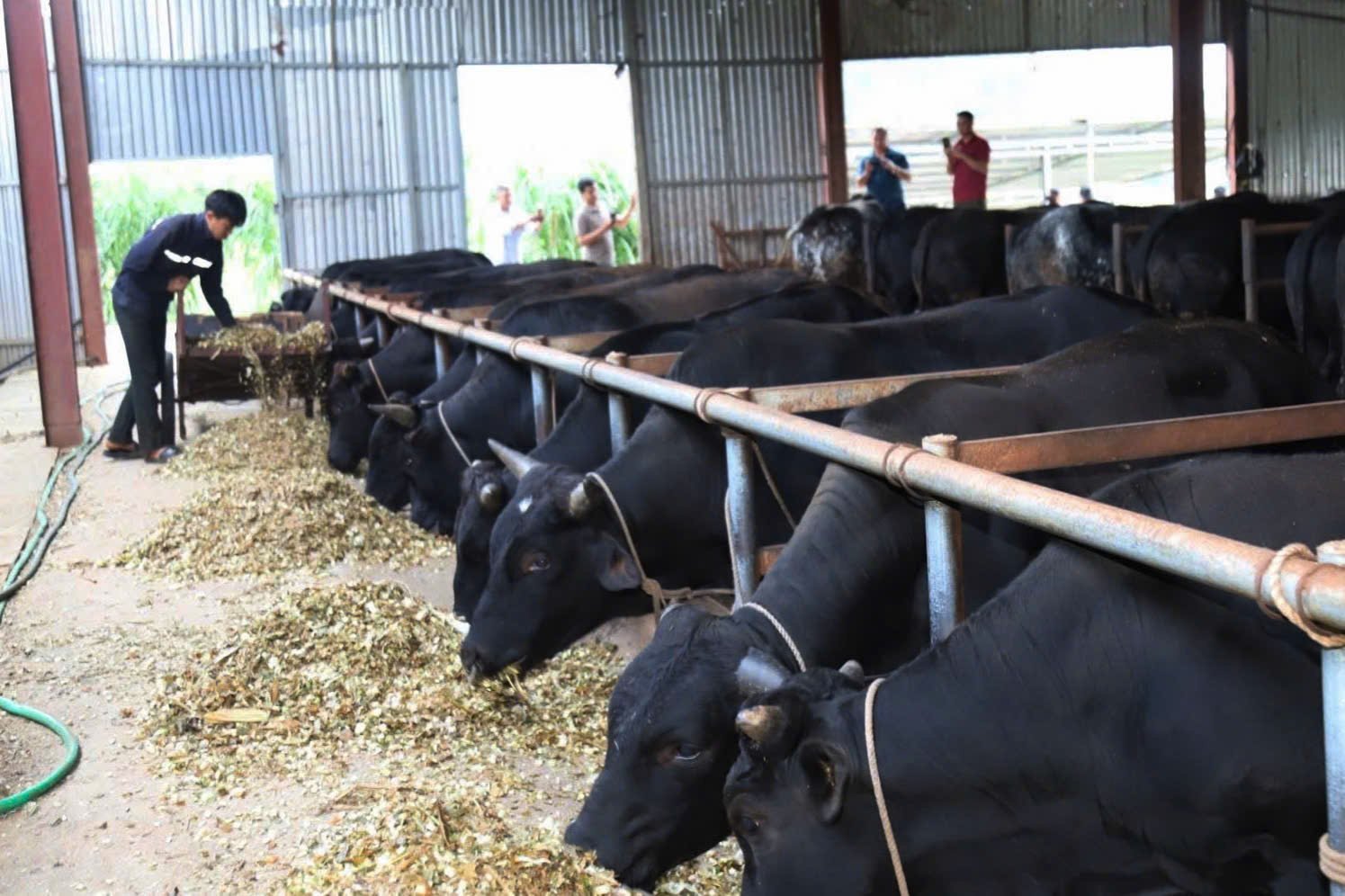
Son La has applied many new breeds and breeding techniques, contributing to improving the productivity and quality of livestock, aiming for sustainable development. Photo: Nguyen Nga.
The province currently has more than 718 large, medium and small-scale livestock farms, along with over 181,000 farming households, creating a widespread food supply network. The province has also built, maintained and developed 17 livestock linkage chains, an increase of 70% compared to 2021, showing a clear shift from small-scale livestock farming to commodity production.
In the main livestock group, the herds of cows, pigs and poultry increased sharply, reflecting the effectiveness of developing concentrated and bio-safe livestock farming. Some poultry farming establishments and cooperatives have applied VietGAP, meeting the needs of domestic consumption, supermarket systems and restaurants. In contrast, the herd of buffaloes decreased due to mechanization and low economic efficiency, while the herd of dairy cows remained stable, creating the premise for expanding high-tech dairy farming areas.
From here, many new breeds and new techniques have been applied, such as embryo transfer technology, sex selection of purebred dairy cows in Moc Chau; artificial insemination of cows with high-quality cow semen (Brahman, Zebu, Lai sind...); development of closed barn farming technology and partial or complete automation of all stages in breeding piglets and super lean pigs at Loc Phat Livestock Joint Stock Company, Minh Thuy Livestock Joint Stock Company Chieng Chung, Xuan Nha, CMC Muong La Joint Stock Company...
In the farming area, many households in Mai Son and Thuan Chau districts (old) have boldly applied BBB (3B) hybrid cattle breeds, helping to improve productivity and quality of livestock.
As one of the households that boldly invested in large-scale 3B cattle breeding, the model of Ms. Pham Thi Hang's family in Chieng Mai commune has shown clear effectiveness. On an area of over 2 hectares, the farm is scientifically planned with separate zones including a confinement area, a food processing area, a waste treatment area and a grass growing area. The barn is solidly built, cool in the summer, warm in the winter, ensuring good conditions for the cows to grow.
Ms. Pham Thi Hang shared: 3B cow breed is easy to raise, grows fast, has good meat quality, and stable selling price. Currently, my farm always maintains 140-150 cows, selling about 50-60 cows each year, average weight is 500-600 kg/cow, selling price fluctuates 85,000-95,000 VND/kg live weight.
The highlight of the model's success is the strict implementation of disease prevention procedures for livestock and proactive food sources. All feed for cows is self-mixed and bio-fermented from main ingredients such as elephant grass, corn, corn kernels, rice bran and soybean residue. Thanks to that, the cows do not lack food during the dry season, the most difficult time for raising large livestock in the highlands.
Forming large, disease-free livestock farming areas
Along with that, large livestock farming in communes of Region III and particularly difficult villages has also seen clear changes. Compared to the period before 2021, the work of supporting the development of large livestock farming in the period 2021-2025 has been implemented more systematically, synchronously, and in greater depth, in terms of mechanisms, resources, and scope of benefits.
In 2024, Son La allocated nearly 5.7 billion VND to support livestock households in growing grass, improving barns, buying seeds, and processing feed. In 2025, it will support planting more than 66 hectares of grass; processing more than 300 tons of animal feed; total cost over 1.2 billion VND.

The 3B cow raising model of Ms. Pham Thi Hang's household in Chieng Mai commune is successful thanks to strict application of care processes, disease prevention and complete control of food sources. Photo: Duc Binh.
The policy has directly impacted more than 200 farming households in particularly difficult communes; helping to increase the size of local livestock herds by 5-7% compared to 2021, improve livelihoods, reduce pressure on natural forest exploitation and gradually form a sustainable commodity livestock farming model in the highlands.
According to Mr. Nguyen Ngoc Toan, Head of the Department of Animal Husbandry, Veterinary Medicine and Fisheries of Son La, in the period of 2021-2025, the livestock industry of Son La will have a strong shift with the formation of livestock linkage chains in many forms; developing concentrated, industrial-scale livestock farm models; initially bringing economic efficiency and minimizing environmental pollution.
Currently, Son La has 26 livestock facilities and areas granted disease safety certificates, an increase of 23% compared to 2021, creating favorable conditions for consumption and export of products outside the province.
In addition, environmental protection in livestock farming is increasingly focused on biosafety, circulation and emission reduction. Awareness of livestock facilities on waste treatment has improved significantly; the number of farms investing in biogas systems, manure presses, and disinfection areas for barns has increased by about 20% compared to before 2021.
Many enterprises such as Loc Phat, Minh Thuy Chieng Chung, Chieng Hac… have applied advanced processing technology, contributing to reducing pollution and improving product quality. However, the rate of small-scale, scattered, and interspersed livestock farming in residential areas is still high, which is a big challenge in livestock environmental management.
Son La aims to have a total herd of 422,000 cows by 2030, including about 29,000 dairy cows; maintain a herd of about 100,000 buffaloes; a herd of 840,000 pigs and more than 10.7 million poultry. The output of fresh meat will reach 113,000 tons and fresh milk 93,000 tons per year.
To achieve the above objectives, Son La will prioritize improving the quality of breeding stock, re-planning livestock farming space by region, concentrated livestock farming areas associated with local advantages. The industry also aims to strongly develop ecological and organic livestock farming and specialty breeds such as native black pigs, mallards, black chickens; building a sustainable value chain between enterprises - cooperatives - livestock farming households.
Along with large livestock farming areas, continue to encourage the maintenance of small models such as 3B cows, goats, native chickens, etc., suitable for the production conditions of many highland communes, contributing to diversifying livelihoods and supplementing supply to the market.
By 2035, Son La will develop livestock farming in an organic, circular direction, linked to processing and consumption. Models of utilizing agricultural by-products, reusing waste and linking chains are expected to be expanded to increase efficiency, reduce production costs, and help the livestock industry develop stably and sustainably.
Source: https://nongnghiepmoitruong.vn/son-la-dinh-hinh-lai-chan-nuoi-dai-gia-suc-d783770.html





![[Photo] General Secretary To Lam receives Vice President of Luxshare-ICT Group (China)](https://vphoto.vietnam.vn/thumb/1200x675/vietnam/resource/IMAGE/2025/11/15/1763211137119_a1-bnd-7809-8939-jpg.webp)

![[Photo] Prime Minister Pham Minh Chinh meets with representatives of outstanding teachers](https://vphoto.vietnam.vn/thumb/1200x675/vietnam/resource/IMAGE/2025/11/15/1763215934276_dsc-0578-jpg.webp)
![35 years of building a high-quality cattle herd: [Part 2] Farmers benefit](https://vphoto.vietnam.vn/thumb/402x226/vietnam/resource/IMAGE/2025/11/17/1763332061992_3108-2-nongnghiep-163058.jpeg)
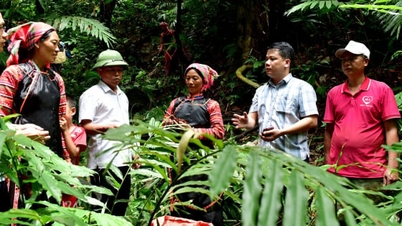

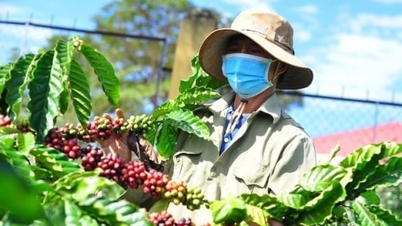
![35 years of building a high-quality herd: [Part 1] Crossbreeding journey](https://vphoto.vietnam.vn/thumb/402x226/vietnam/resource/IMAGE/2025/11/16/1763280452986_0239-3-160957_743.jpeg)





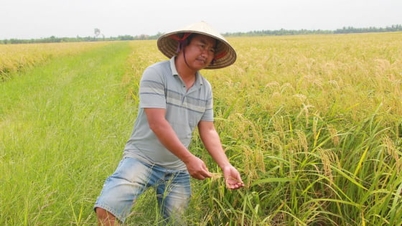
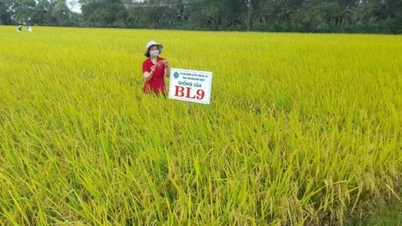
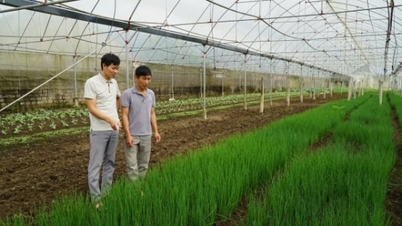

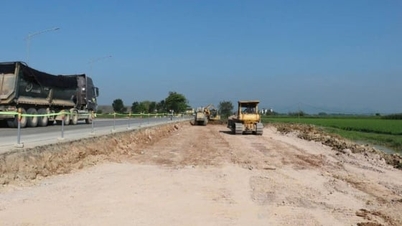
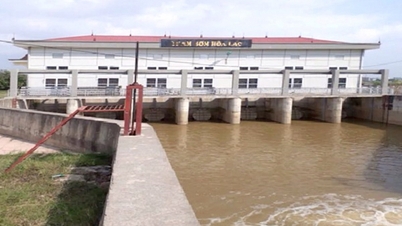


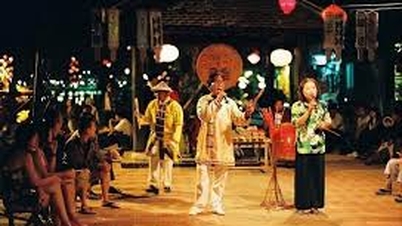










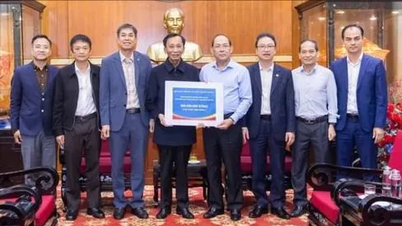





























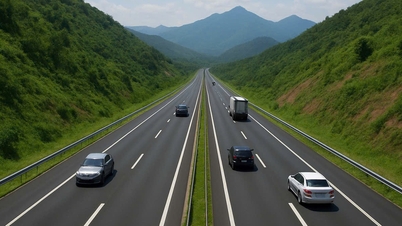

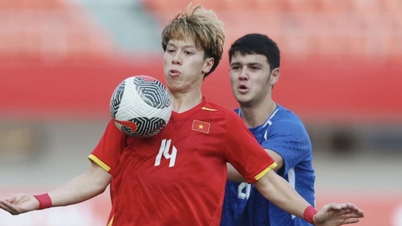




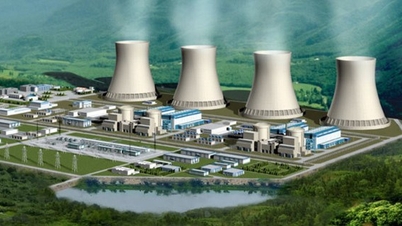


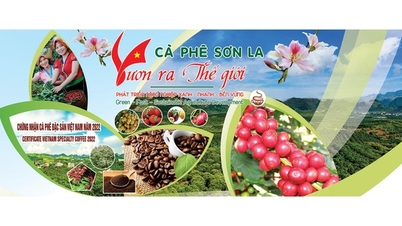
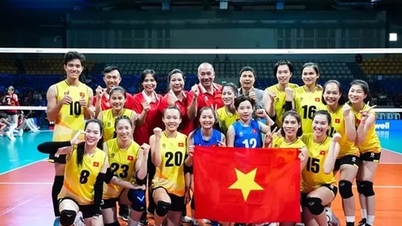






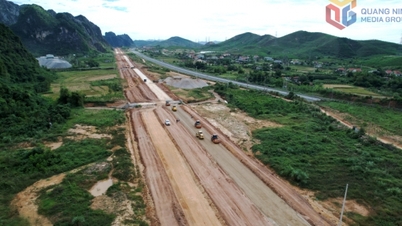













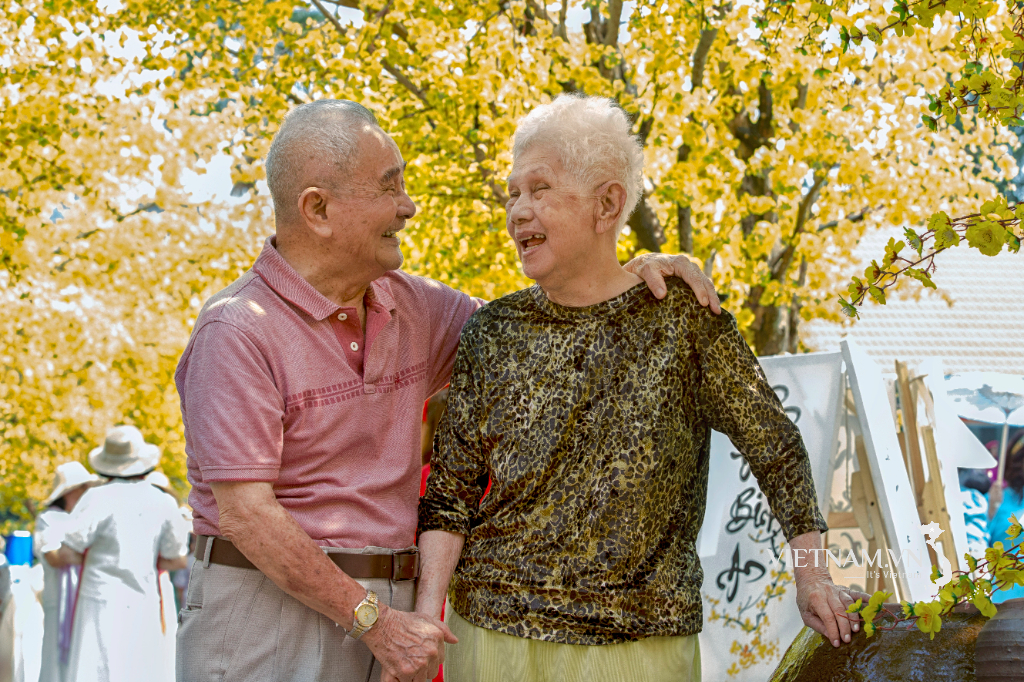
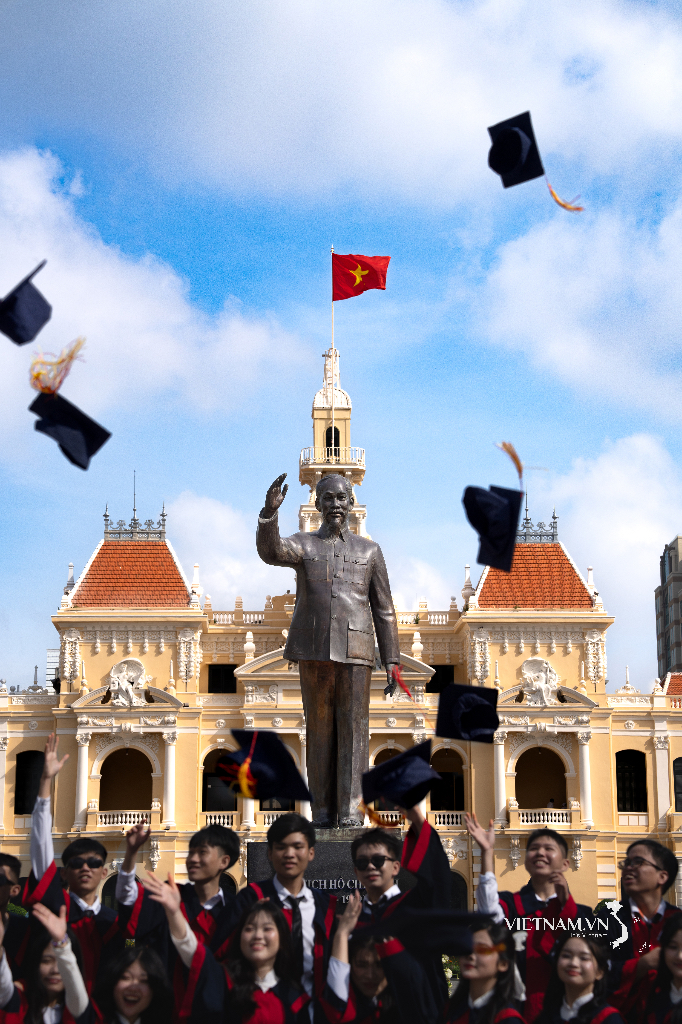

Comment (0)